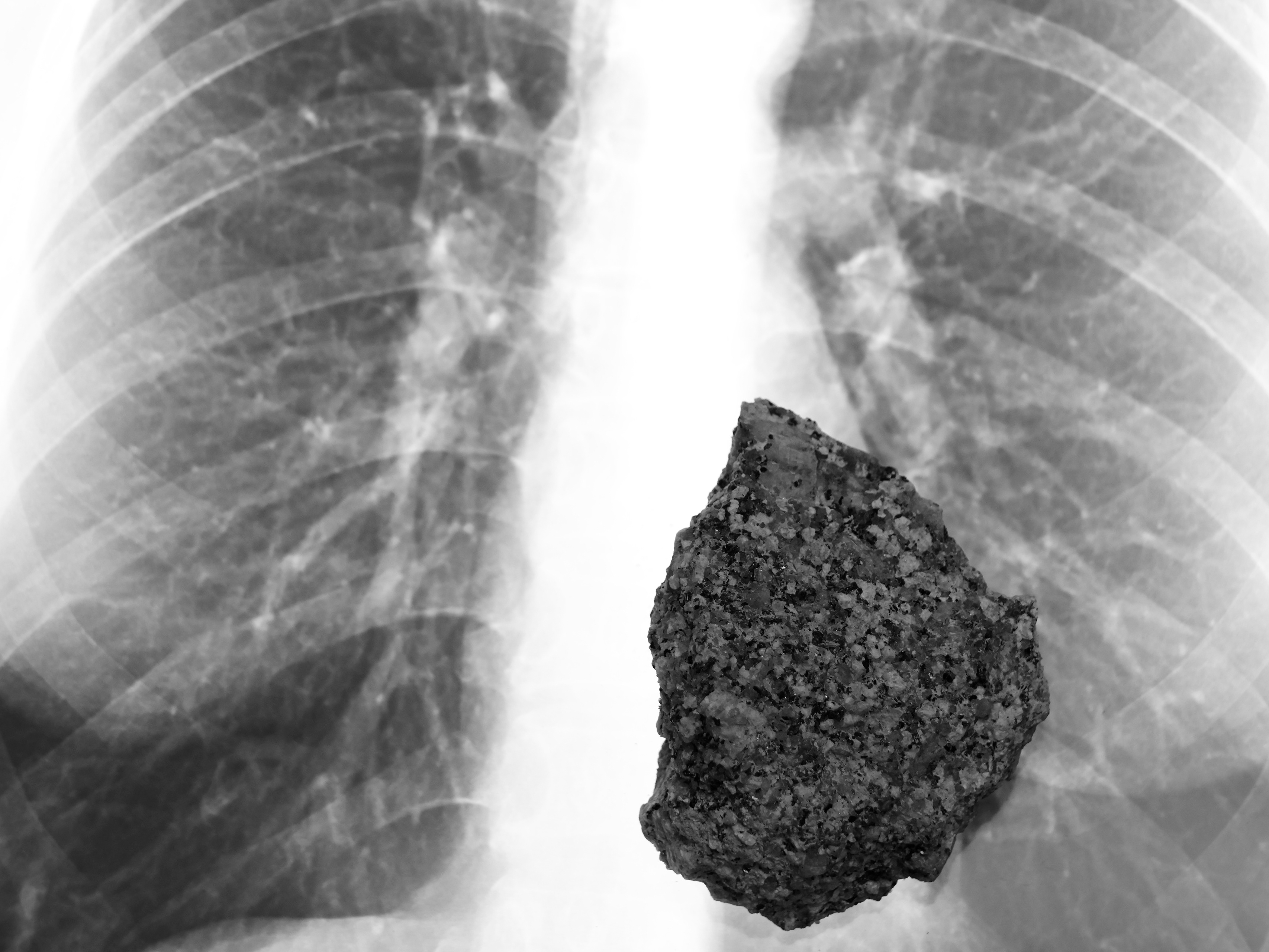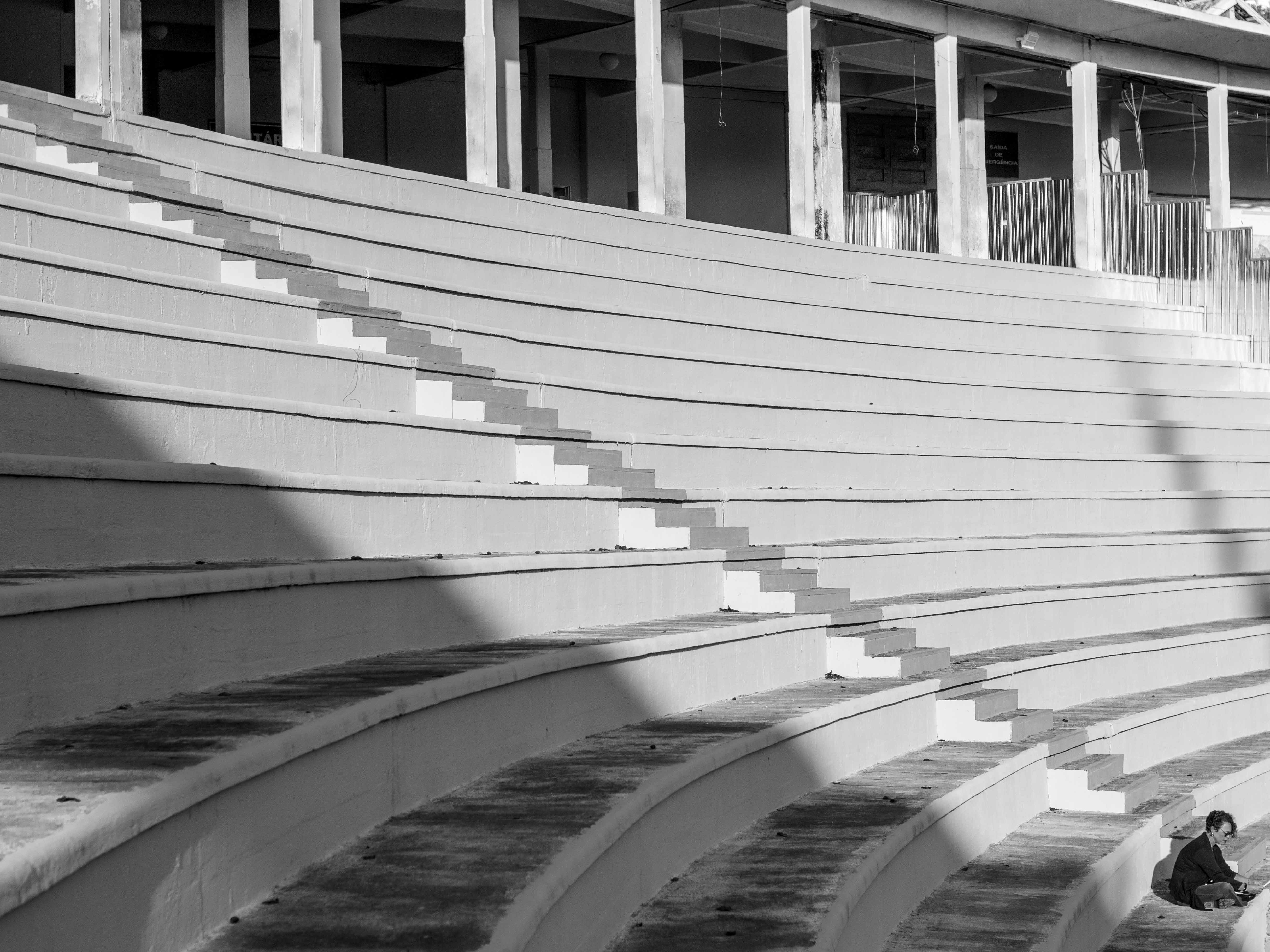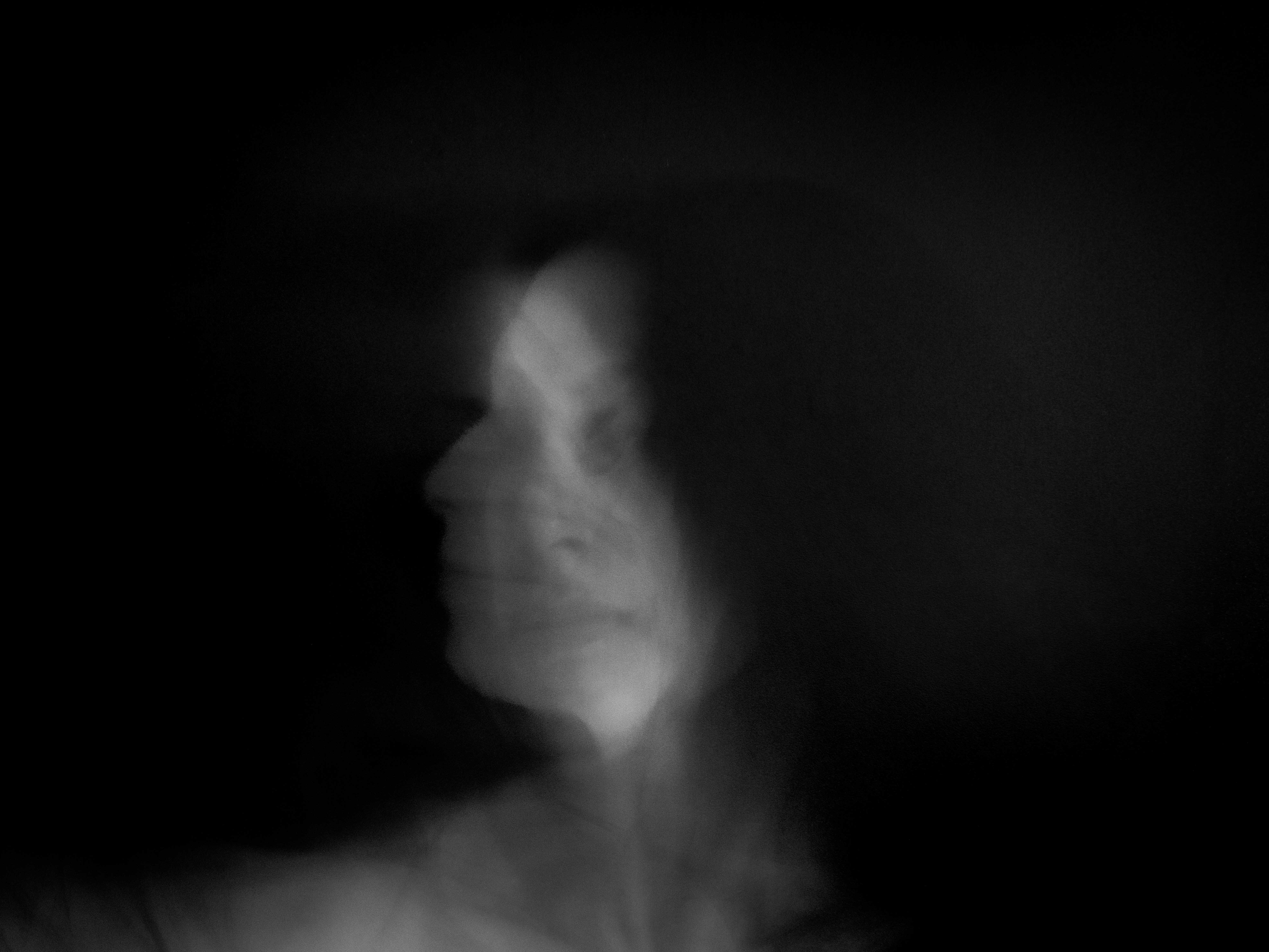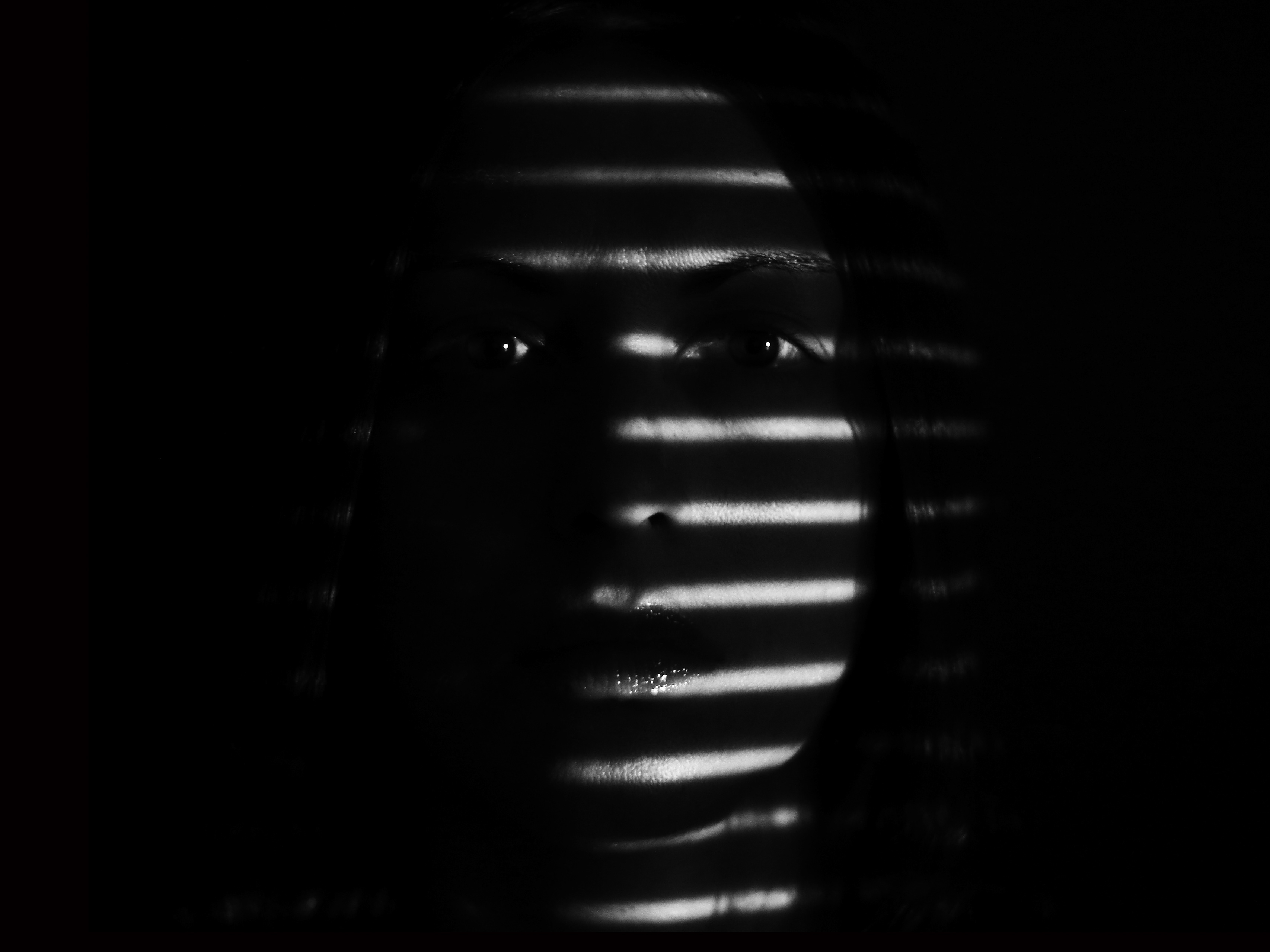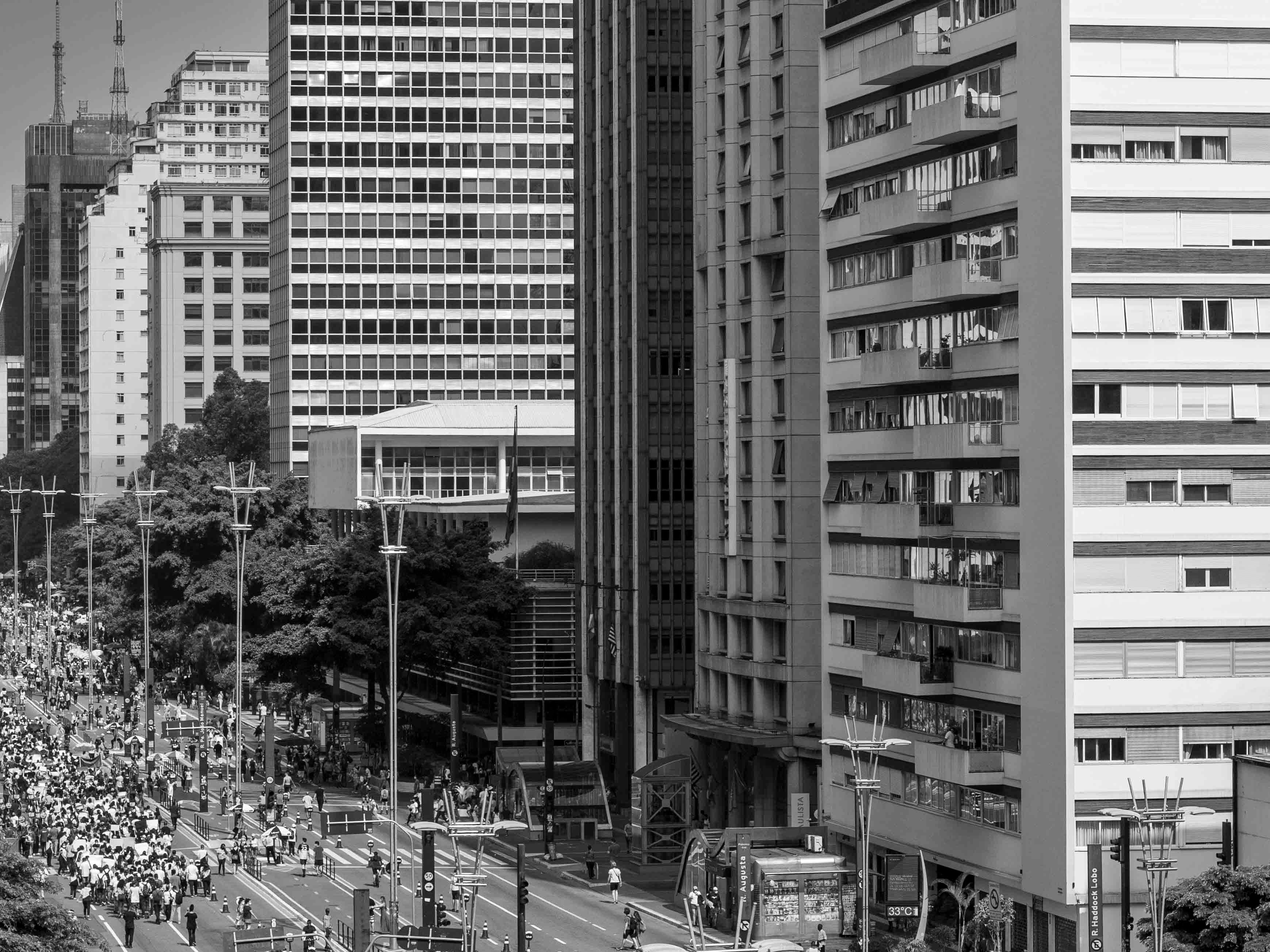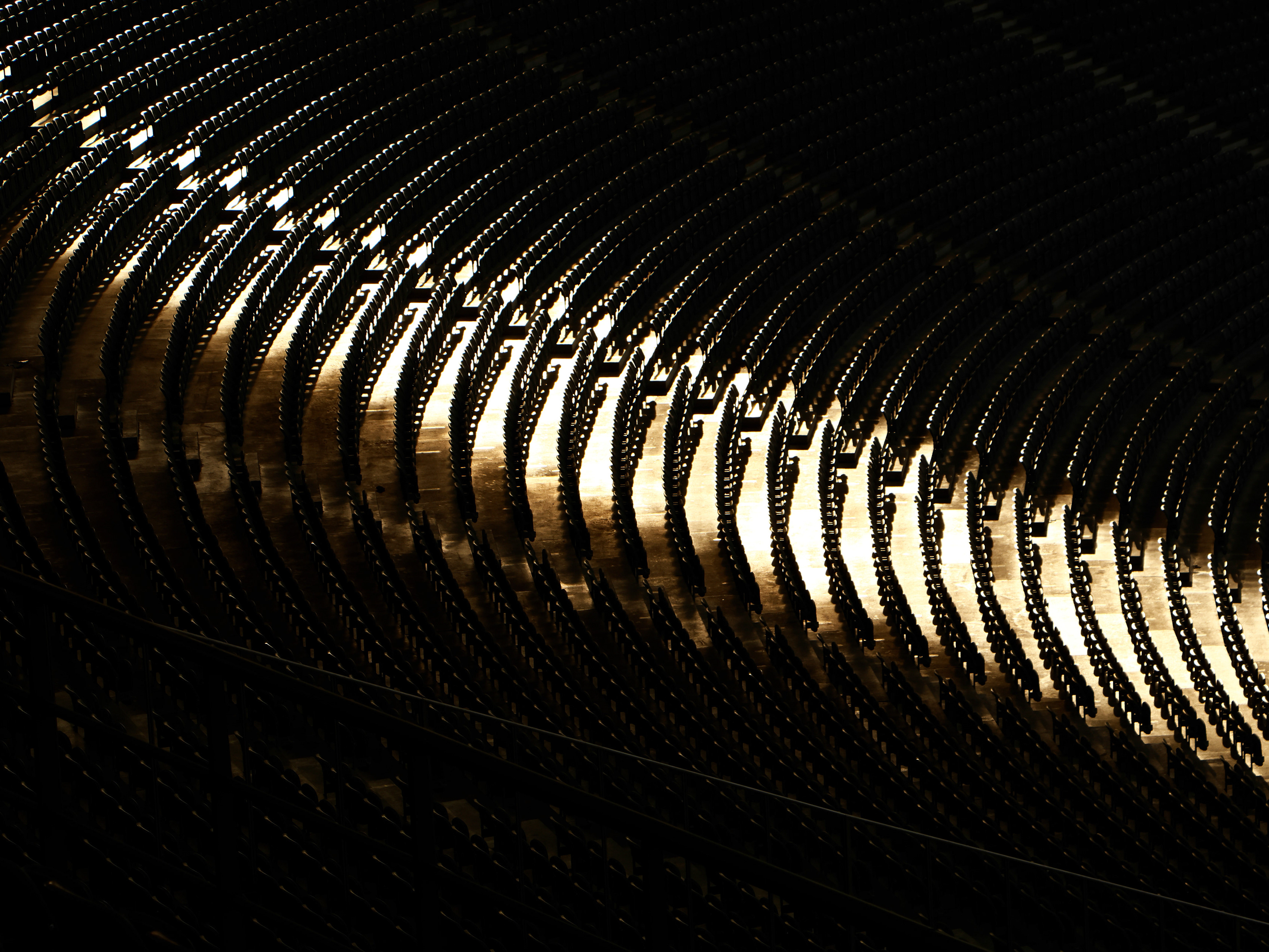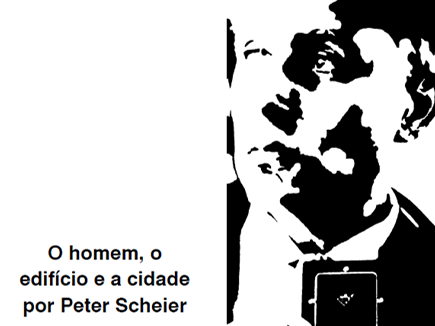


Torres de Observação aborda a experiência coletiva esvaziada e o isolamento. É um pensamento sobre a relação entre os usuários da torre e a cidade circundante. A torre aqui é interpretada como a passagem do flâneur de Charles Baudelaire – aquela figura que caminha pela cidade, a fim de experimentá-la - para o voyeur. O voyeurismo é entendido aqui como o ato de observar à distância as pessoas, sem que o sujeito interaja com o objeto. ... OBSERVATION TOWERS Observation Towers addresses the emptied collective experience and isolation. It is a reflection on the relationship between the tower users and the surrounding city. The tower here is interpreted as the transition from Charles Baudelaire's flâneur - that figure who walks through the city in order to experience it - to the voyeur. Voyeurism is understood here as the act of observing people from a distance without the subject interacting with the object.





